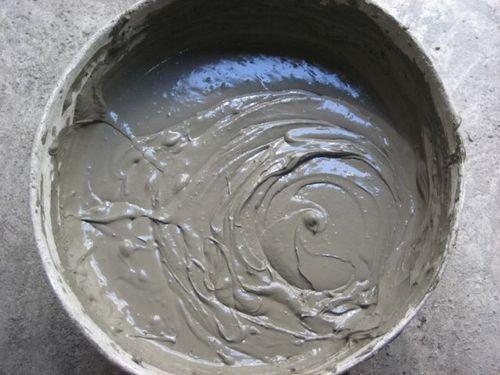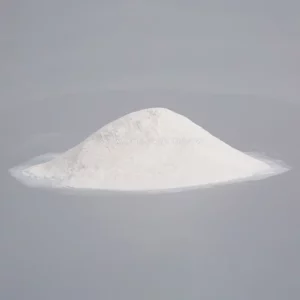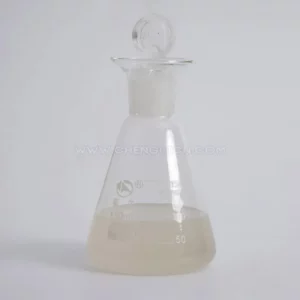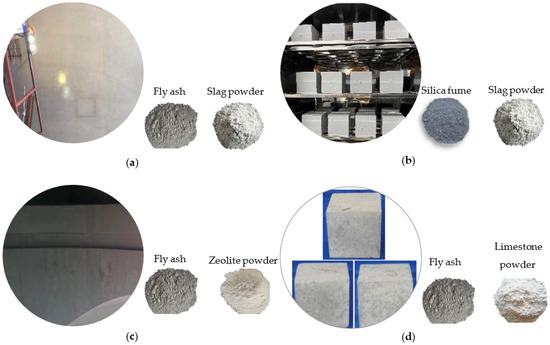Concrete is a fundamental construction material worldwide. Its high carbon footprint, however, poses environmental challenges. Low-carbon concrete mixtures aim to reduce emissions, and admixtures play a pivotal role in achieving this goal. This article explores the sustainability aspects of using admixtures in such mixtures, focusing on environmental, economic, and performance-related benefits.
Environmental Benefits of 混合物 in Low-Carbon Concrete
Admixtures enable significant reductions in cement content. Cement production is a major source of CO₂ emissions, so replacing part of it with supplementary materials becomes crucial. For example, superplasticizers improve workability, allowing lower water-to-cement ratios without compromising strength. This reduction in cement directly cuts carbon emissions from the mixture.
These additives also enhance the utilization of industrial by-products. Materials like fly ash, slag, and silica fume can replace cement when admixtures are present. Such substitution not only reduces waste in landfills but also decreases the demand for virgin raw materials. Consequently, the environmental impact of concrete production lessens through circular economy practices.



Economic Advantages of Admixture-Enhanced Mixtures
Cost efficiency is another key sustainability aspect. While some admixtures have initial costs, their long-term savings are substantial. Reduced cement usage lowers material costs, as cement is relatively expensive. Additionally, improved workability from admixtures can enhance construction efficiency, saving labor and equipment time on site.
Durability improvements also drive economic benefits. 混合物 like corrosion inhibitors protect steel reinforcement, extending the service life of concrete structures. Longer lifespans mean fewer replacements and renovations, reducing lifecycle costs. These economic gains align with sustainable infrastructure goals that prioritize resource efficiency.
Performance Improvements for Long-Term Sustainability
Admixtures enhance various mechanical properties of low-carbon concrete. They improve compressive strength, tensile ductility, and resistance to environmental stresses. For instance, air-entraining admixtures increase freeze-thaw resistance, vital in harsh climates. Such improvements ensure structures remain functional longer, supporting sustainable design principles.
Thermal properties also benefit from specific admixtures. Phase-change materials or lightweight aggregates, when combined with admixtures, can regulate heat transfer in concrete. This reduces energy consumption for heating and cooling in buildings, contributing to overall sustainability. The holistic performance upgrades make low-carbon mixtures viable for diverse applications.


Challenges and Future Directions
Despite the benefits, challenges exist in admixture use. Some additives may have environmental impacts during production, requiring lifecycle assessments. Compatibility with different supplementary materials also needs careful evaluation to avoid performance issues. Research must focus on developing eco-friendly admixtures from renewable sources to address these concerns.
Future innovations could integrate admixtures with smart technologies. Self-healing admixtures, for example, can repair microcracks autonomously, further enhancing durability. Such advancements will drive the adoption of low-carbon concrete, aligning with global net-zero emissions targets. Continued collaboration between researchers and industries is essential to overcome barriers and maximize sustainability potential.
結論
混合物 are vital for creating sustainable low-carbon concrete mixtures. They offer environmental benefits by reducing cement use and promoting waste recycling, economic savings through cost and lifecycle efficiency, and performance improvements for durable structures. While challenges remain, ongoing research and innovation promise to enhance their eco-friendly profiles. Embracing admixtures in concrete production is a practical step toward more sustainable construction practices, supporting a greener and more resilient built environment.
By addressing environmental, economic, and performance aspects, the use of admixtures in low-carbon concrete aligns with global sustainability goals. As the construction industry seeks to reduce its carbon footprint, these additives will continue to play an indispensable role in shaping a more sustainable future.
当社の専門技術チームは、製品の使用中に発生する可能性のある問題に年中無休で対応します。 皆様のご協力をお待ちしております!

